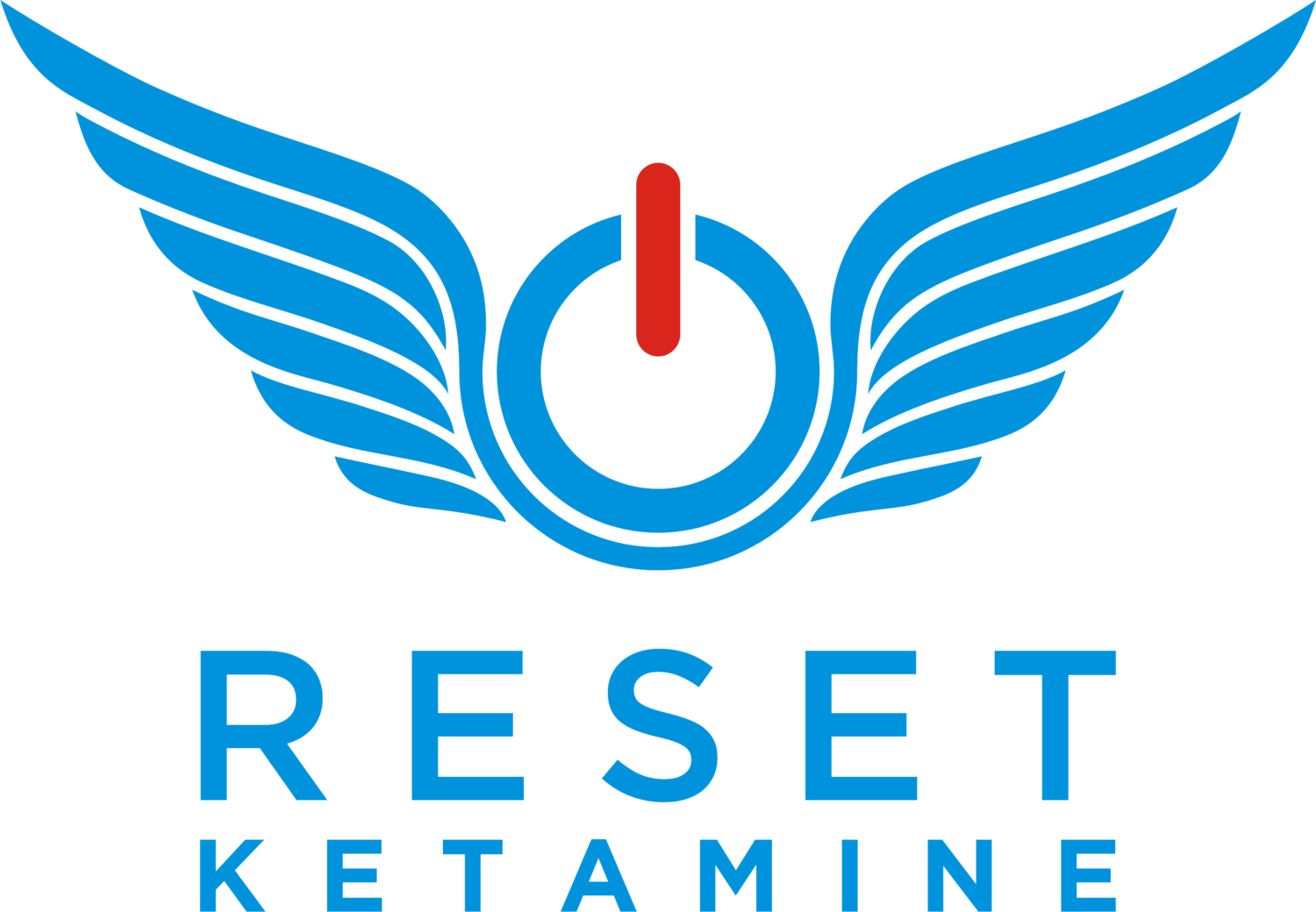Synopsis: Discover how the stellate ganglion block (SGB) can reset the nervous system to relieve symptoms of PTSD and anxiety. This blog explains the procedure, its history, benefits, and what to expect—helping you decide if SGB might be right for your healing journey.
A Beginner’s Guide to Stellate Ganglion Blocks
If you’re considering receiving a stellate ganglion block (SGB), you might be wondering what it really is, what to expect, if should you get it, and more. In this blog, you’ll discover key information to help you decide if this procedure is for you. There’s a lot so here’s what we’re covering:
Can Patients Benefit from Both Ketamine Therapy and Stellate Ganglion Blocks?
Will I Need a Stellate Ganglion Block on One or Both Sides of the Neck?
Read them all or jump to the information you want now!
A Stellate Ganglion Block (SGB) targets the nerves in your neck to help reset an overactive stress response, providing relief for PTSD and anxiety.
What Is a Stellate Ganglion Block?
A stellate ganglion block (SGB) is an outpatient medical procedure that involves an injection of a local anesthetic and steroid near the stellate ganglion; a collection of nerves in your neck.
This 30- to 45-minute procedure aims to reduce symptoms associated with post-traumatic stress injury (PTSD) by resetting the sympathetic nervous system.
Trauma can cause the sympathetic nervous system to become overactivated, leading to prolonged stress responses that may manifest as depression, anxiety, insomnia, hypervigilance, and more. The stellate ganglion block helps by temporarily numbing this area, essentially giving it a "nap" to interrupt the overactive state and allow the nervous system to reset.
Think of it as turning off the circuit breaker in a house. Once the sympathetic nervous system is anesthetized, it returns to a calmer, less aroused state, helping patients feel less hypervigilant and more at ease.
A Short History of the Stellate Ganglion Block
Did you know the stellate ganglion block has been around for nearly 100 years? First performed in the 1920s, it was originally used to treat uncontrolled pain, such as complex regional pain syndrome affecting the extremities.
Back then, the procedure relied entirely on anatomical landmarks because imaging tools like X-rays or ultrasounds didn’t exist. Physicians would locate the carotid artery by hand, move it aside, and insert a long needle to deliver the local anesthetic.
Today, advancements in technology make the procedure much safer and more precise. At our clinic, for example, we use an ultrasound machine to visualize arteries, nerves, and veins, allowing us to pinpoint the exact target for the injection. This old procedure now has new applications, including treating PTSD, some symptoms of long COVID, and issues like decreased smell and taste.
It’s exciting to see how a nearly century-old technique can offer new opportunities to help patients.
Step-by-step: What to expect before, during, and after your Stellate Ganglion Block procedure
What to Expect During the Stellate Ganglion Block Procedure
Here’s what you can expect when you have your stellate ganglion block procedure with Dr. Ko at Reset Ketamine:
Before Treatment: You’ll begin by filling out an intake form and then consulting with Dr. Ko to ensure the procedure is right for you. Next, you’ll review and sign a consent form. If you’re taking regular medications, you can continue them as usual. However, plan to have someone drive you home after the procedure.
During Treatment: You’ll relax in a comfortable chair while we administer a local anesthetic to the targeted areas. Using Butterfly iQ3+ ultrasound guidance with Doppler color flow, we ensure the injection is precise and accurate. The procedure is typically completed within 30 to 45 minutes.
After Treatment: Following the procedure, you’ll be monitored in the clinic for a short period of time. You may experience minor, temporary side effects such as Horner’s syndrome, which can include a droopy eyelid, redness in the treated eye, or a hoarse voice. These effects are normal, indicate the procedure was successful, and typically resolve within 4 to 8 hours. Other mild side effects, such as nasal congestion, headache, or slight soreness and swelling at the injection site, may occur but are easily manageable.
Who Shouldn’t Get a Stellate Ganglion Block?
While the stellate ganglion block can be a powerful tool, it’s not suitable for everyone. There are certain contraindications to keep in mind:
Recent Heart Attack: Manipulating the sympathetic nervous system may pose risks for those with recent cardiac events.
Anticoagulation Therapy or Bleeding Disorders: Because the procedure involves a needle near critical vascular structures, patients on blood thinners or with bleeding issues may face higher risks.
Glaucoma: Some reports suggest the block could exacerbate glaucoma by altering blood flow and pressure to the eye.
Severe Emphysema: Patients with significant lung issues may experience complications.
Heart Conduction Issues: For those with known conduction abnormalities, the SGB may worsen symptoms.
It’s essential to carefully evaluate a patient’s medical history before considering this procedure to ensure safety and effectiveness.
Can Patients Benefit from Both Ketamine Therapy and Stellate Ganglion Blocks?
Yes, patients can benefit from both ketamine therapy and stellate ganglion blocks. These treatments can work synergistically to support healing as adjuncts to existing therapies and medications.
While both are effective on their own, they can be especially helpful for individuals suffering from PTSD or anxiety symptoms. In general, we recommend doing ketamine and SGB on separate days. Staggering the treatments over separate days allows patients to fully benefit from each therapy without becoming overwhelmed. (For some patients, we may be able to do both the ketamine and SGB on the same days.)
By combining these powerful tools, patients may experience enhanced relief and improved outcomes in managing trauma and anxiety-related symptoms.
Right side, left side, or both? Learn how the Stellate Ganglion Block is tailored to maximize relief for PTSD and anxiety symptoms.
Will I Need a Stellate Ganglion Block on One or Both Sides of the Neck?
Typically, SGB is administered on the right side of the neck initially. While most patients respond well to a right-sided block, about 5-10% of patients may benefit from a left-sided SGB if the right side is not effective.
In some cases, research suggests that a sequential bilateral approach—starting with the right side and following with the left at a later time—can provide superior relief compared to a single-sided block.
If a patient doesn’t respond to SGB on both sides, even when Horner’s syndrome is present, retrying after a month may prove beneficial. However, if repeated attempts fail, SGB may not be the right therapy for that individual.
How Many Stellate Ganglion Blocks Will I Need?
About one-third of patients experience significant relief with a single stellate ganglion block (SGB) and don’t require additional sessions. While there’s no requirement to repeat the procedure to maintain its benefits, some patients choose to do so after 6 months to a year.
If the initial SGB was effective, it can be safely repeated with similar results. To help assess its impact, at our clinic, we conduct follow-up surveys one week and one month after the procedure. These check-ins help quantify the benefits and determine whether another SGB might be helpful.
Conclusion
We hope this blog has provided valuable insights into the stellate ganglion block and how it can support your healing journey. Understanding the procedure and knowing what to expect can help you make a more informed decision.








